You roll over and smack the ringing alarm clock. It takes a few seconds to realize that you set it for 3:30 a.m. because this is your only day to go turkey hunting. Still half asleep, you slip on your hunting clothes and shuffle to the kitchen for a coffee and breakfast. Now that you’re fully awake, you sense something outside is not as it should be. Out the window, you see rain, or perhaps a dense fog, possibly, even some snow pelting down. Making it worse is a blustering wind.
Right as rain
Most turkey hunters I know would turn around and head back to bed. I, on the other hand, know that not only is this a great day for turkey hunting, odds are I will be the only hunter out there.
Any hunter with even a smidgeon of knowledge about turkey biology realizes that it’s a rare day when the hunter has a slight advantage over the gobbler. Poor weather is where you might get a leg up.
A turkey’s sense of smell is poor to begin with — it couldn’t smell an ammonia factory if it was perched on it. With the rain and wind, it has now lost most of its hearing advantage. If the snow is blowing, some of its vision will be skewed too.
These weather conditions allow a hunter a little more freedom to move into position unnoticed, maybe even closer to roosting and strutting zones than is normally possible.
Turkeys will go into open fields when the weather is bad, mainly because their visual and auditory senses are decreased. Being in the open allows them a little more space and time to detect predators. This is the reason you’ll often see turkeys feeding in fields in the worst kind of weather. When you spot a large flock or even a small group in a situation like this, look for the watcher. It will be a big tom standing to one side, always on the lookout for danger, while the others feed.
Come equipped
Proper attire is crucial in challenging weather. Make sure you wear waterproof rain gear and layer up for the cold. Nothing ends a hunt quicker than a wet butt or water dripping down the back of the neck.
If you have a choice of shotguns, use one with open sights as opposed to a scope. But if a gun with a scope is your only option, make sure you throw on scope covers.
The next thing to consider is your calling style. If it’s raining or snowing, most pot and box calls become useless, though some of the latter are designed to work even when wet. Find one. Buy it. Use it. Also, if you put your box call in a bread bag to keep the rain off, it can still be effective. But generally, wet weather dictates using a mouth call. It also requires as much volume as you can muster.
If I’m able to keep my favourite box call dry, even for the first few sets of calls, it cuts through the wind best and gives me the most volume.
If the wind is strong, don’t wait for a response from the gobbler, as you probably won’t even hear it. Many times I can see the tom out at 100 metres or more, stretching out its neck and gobbling, but I can’t hear it due to the wind. This tells me that there may be other toms responding that are out of view. In other words, keep calling. The toms want to find a hen, no matter the weather.
Use theses tips to your advantage and enjoy the bad weather. It could make that early wake-up call well worthwhile.
Check out some great turkey and other hunting videos here.


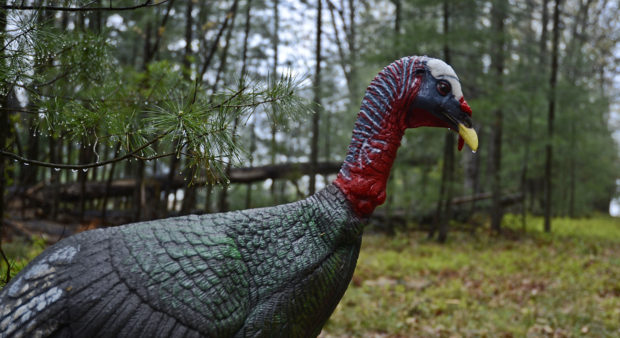
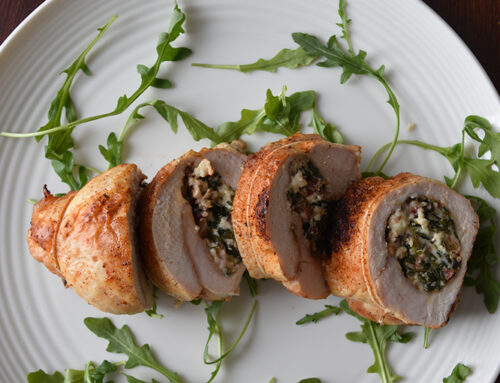
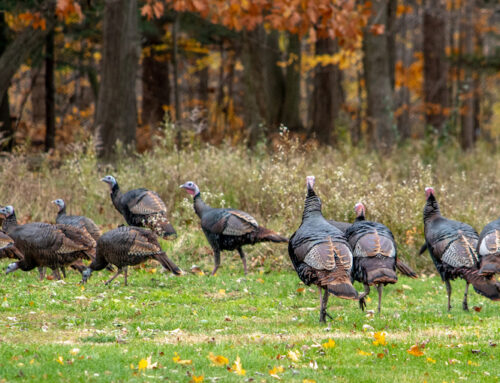
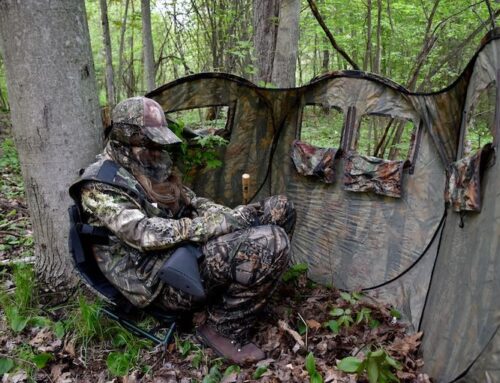
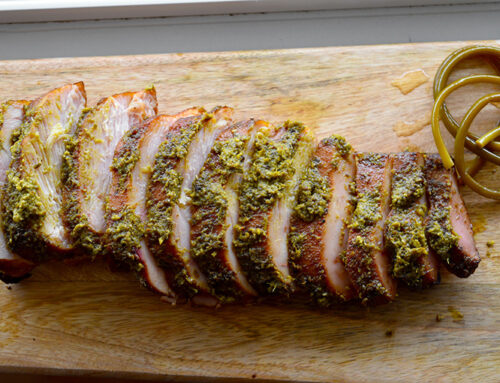
Leave A Comment